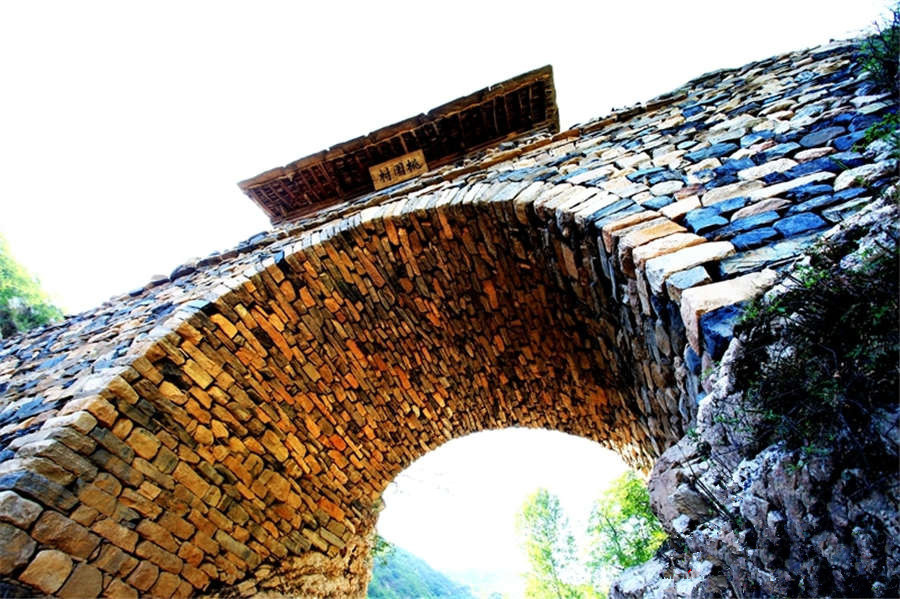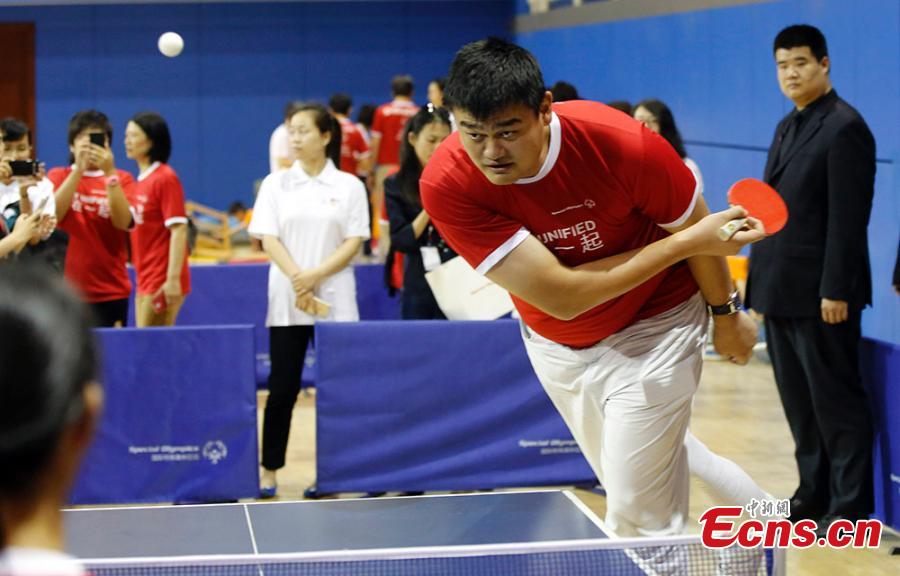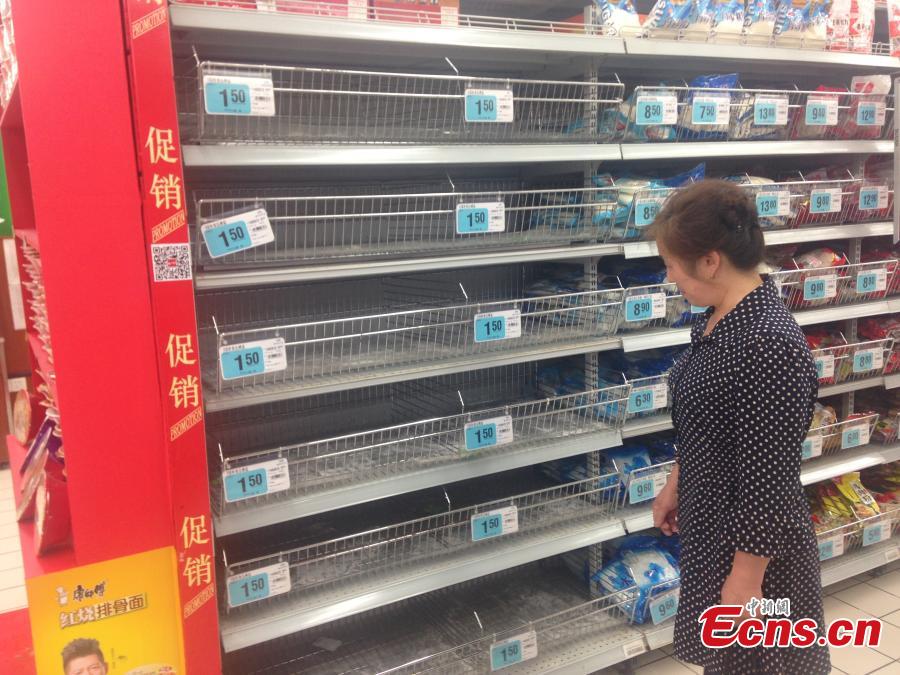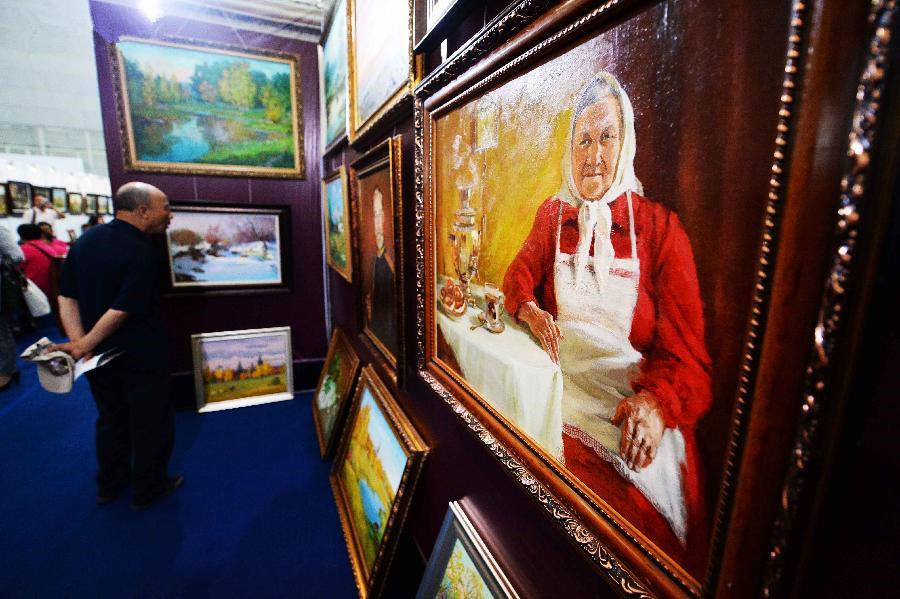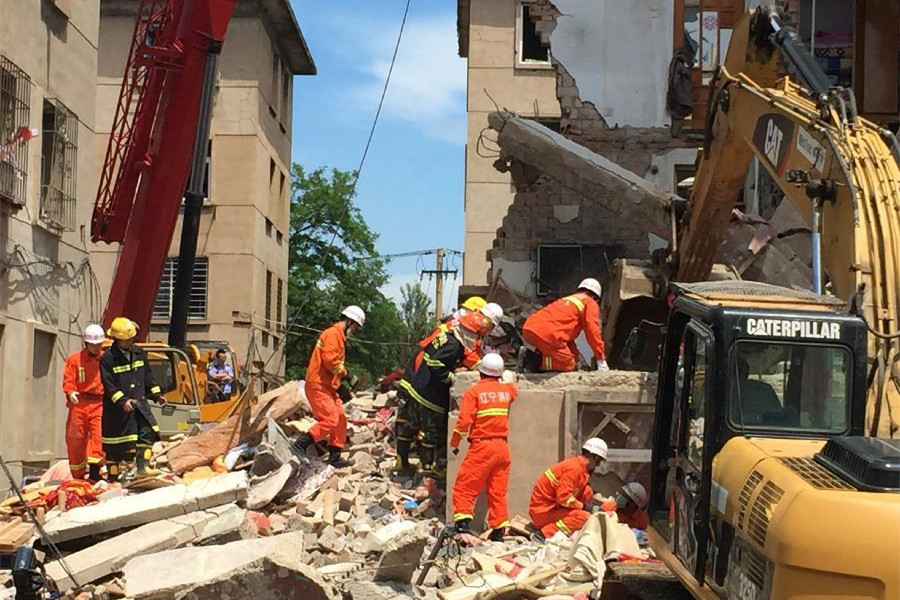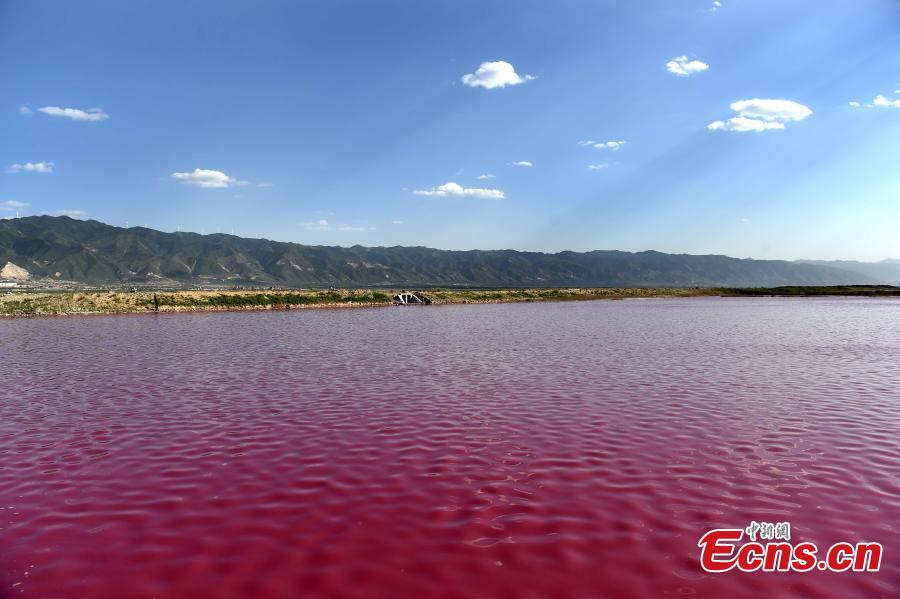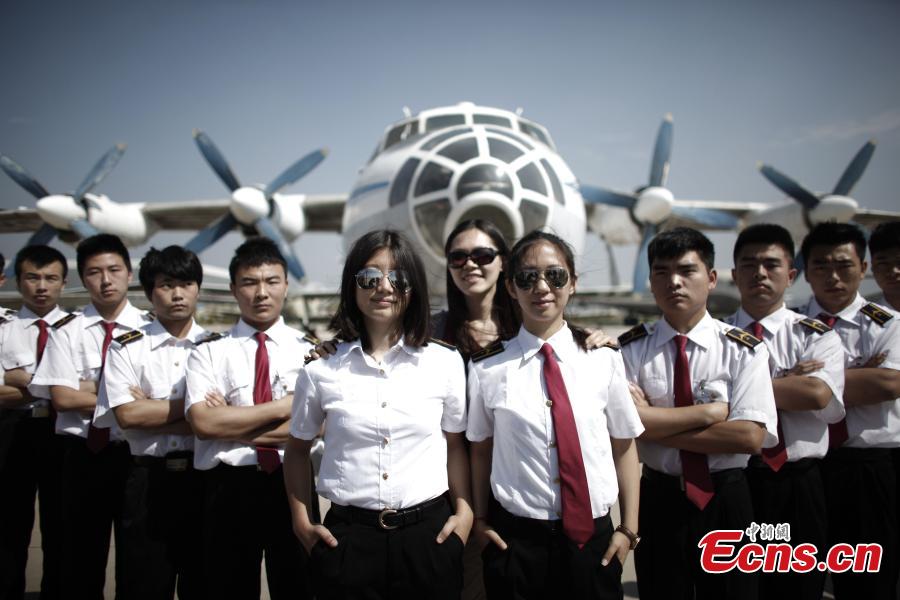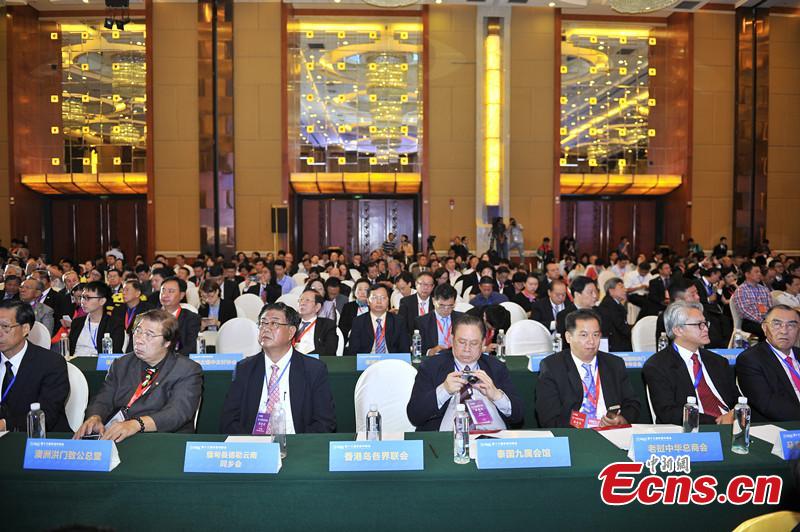(Ecns.cn)--Often compared to New York's Greenwich Village or SoHo, the ten-year-old artistic community called 798 Art Zone in Chaoyang District of Beijing is regarded as a must-see attraction for visitors from all over the globe.
In 798, language is no barrier for different nationalities, as people communicate through the world of the visual.
798 is a mixed bag of galleries brimming with all styles of art, including traditional Chinese ink and wash paintings alongside modern Western paintings and sculptures. It is also a face of changing Beijing, which shows the outside world that a once monotonous and conservative city has become more cultured and open-minded.
But as 798 develops and increases in sophistication, it also faces the loss of the inspiration that created it, forcing out more and more artists who can't afford to work there.
Artists face rising rent
Refashioned from a 50-year-old decommissioned military factory far from the city center, ten years ago 798 was a heaven for artists, with large spaces for studios and cheap rent.
But as the area gained fame, rents went way up. Once 0.3 yuan ($0.05) per square meter a month, rents are now as high as 8 yuan ($1.24), forcing many artists out.
Lu Di rents a 60-square-meter space in 798 for 5,000 yuan ($772.41) a month. Including all expenses, he pays over 10,000 yuan ($1,544) a month.
"The income for artists is not stable, and the increased rent has put great pressure on some of us," said Lu. "Most of the time, a common artist can't stay here for more than three years, and many move to other places like Songzhuan, which is even further away from the city center, but cheaper than 798," added Lu, who is also considering moving.
Compared to artists who rent studios in 798, life for the street painters may be even worse. "It is hard now to stay in 798," said a roadside painter, who makes a living from painting portraits of passers-by. "Sometimes I paint over 20 pictures a day, but sometimes I just squander a whole day with no customers."
Roadside painters were once staples of the art zone, but now face a possible "clean up" from property management.
Ten years ago, artists filled the military factory with new creative life. But as more commercial influence invades the community and rents go up, some artists are no longer welcome.
For better or worse, 798 is no longer a place for poor artists to seek their dreams. To some, it is becoming a snobbish commercial center.
Upgraded business chain
"Ten years ago, it was not that convenient for me to go to 798, because it is far away from the city center. But now it is more like a cultural communication center, and I like to visit three times a week," said Peng Feng, a professor in the Peking University.
According to incomplete statistics, over two million people visit 798 every year, where over 2,000 exhibits from 30 countries are displayed.
Creative agencies, art institutions and galleries are everywhere in the zone. Most institutions hire planners for exhibitions and search for young talent, while galleries provide workspaces and expenses for artists. The collection, display and distribution of art make up a vigorous business chain at 798.
Future 'cultural garden'
Some believe that 798 will eventually become a "cultural garden," with artists, galleries, art critics and art agents all working side by side.
With the support of the Beijing government, the art zone is on the road to becoming more like a specialized cultural garden filled with vibrant art work, said Wu Xijun, a senior official from the Beijing Cultural and Creative Industry Promotion Center.
Such a cultural garden is an inevitable outcome in the development of a city's economy and urbanization, Wu said, adding that in the Western world, art districts like SoHo in New York and the Left Bank in Paris took decades, while 798's development has only gone on for one decade.









